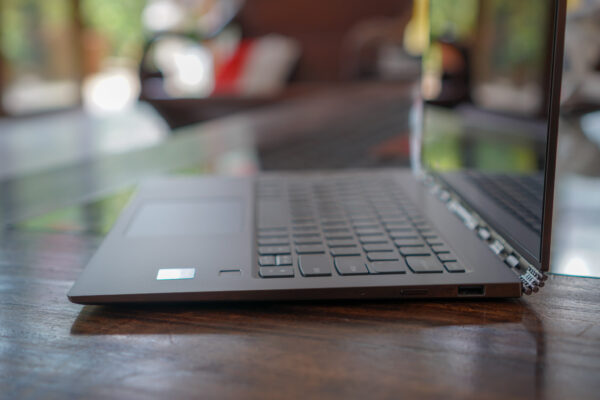
I’m trying something new with this post. I’m calling it Random Musings. Typically, each regular blog post focuses on one single topic. My Random Musings, however, will revolve around two or more topics, quite likely completed unrelated.
This arrangement will allow me to share short, random, thoughts that I’m eager to write about from time to time, but yet find I don’t have sufficient meaningful, in-depth, content to fit my regular style of posts. Random Musings will be an excuse for me to break away with a different style. I’ve been thinking of doing this for some very long time, and I think I should just kick off this idea and see if it will work out.
Random Musings won’t be the norm, but I do envision this to be a series of occasional posts. As with this post, I don’t plan to have meaningful post titles per se. I’ll likely make tweaks along the way with how these Random Musings are presented.
So with that introduction out of the way, I’ve two items to share about in this post.
The first is about WordPress 5.0 which was released two days ago. Going by the bump in the major version number, this is a big update to WordPress. The big change, though, seems to be primarily with the new Gutenberg editor. This has been something I’ve been preparing for since I refreshed this blog website with a new coat of paint in September. (The actual work commenced before that.)
The Gutenberg editor is supposed to present a WYSIWYG view, not unlike the old editor, which is now referred as the classic editor. Gutenberg is a complete change in the WordPress editing experience. While it starts out as just being an editor, Gutenberg will eventually revolutionarise customisation and site-building in WordPress.
It’s been a struggle the last few months to keep up with the flurry of Gutenberg changes as WordPress heads towards its version 5.0 release. The issue is that the Gutenberg backend editor styling is out-of-sync with the frontend rendering. I certainly hope with WordPress 5.0 released, these changes will down, or at least stop messing up the styling.
It’s been a struggle keeping up with the stylesheet changes needed to ensure the Gutenberg backend editor looks the same as the WordPress frontend rendering. The new Guternberg, however, provides more powerful layout capabilities, and more control over the edits. I’ve not used much of the capabilities in this blog, and certainly not regularly either, but I’ve been tested them in a separate development environment.
One of the new features of the Windows 10 October 2018 update, also known as version 1809, is the introduction of Windows Modern Driver, also known as Universal Windows Driver. Microsoft describes this as “a single driver package that runs across multiple different device types, from embedded systems to tablets and desktop PCs”.
There aren’t many Modern Windows Drivers at this time, but at the end of November, Intel released their first Modern Windows Driver for several of their modern integrated GPUs. This driver is version DCH 25.20.100.6444.
There are some caveats with upgrading to Modern Windows Driver, as detailed on Microsoft’s driver page. You should read and understand what you’re getting into. Windows Modern Driver includes a base driver, plus optional component packages, and an optional hardware support application.
I went ahead to upgrade my Yoga 920, and everything worked fine, including the display brightness adjustment problem that I fixed by using drivers downloaded directly from Intel instead of using Lenovo’s.
I hope Windows Modern Drivers will work out to be a nice solution to get driver updates from component manufacturers, without having to depend on the PC manufacturer to update their software. This is the situation I was in: the display brightness adjustment bug wasn’t getting fixed by Lenovo.
